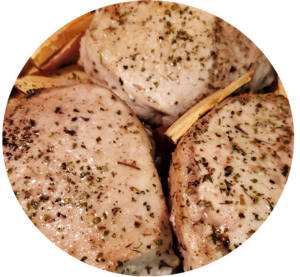Organizing your fridge to its full capabilities will allow you to extend the freshness of your food while also maximizing your storage. Check out these amazing tips to storing food in the fridge.
1. Top Shelf.
The upper top shelf of your refrigerator is best used for leftovers and prepared food and perishable items you don’t want to forget about. It is best suited for yogurt, dips, and beverages.
2. Lower Shelf.
The lower shelf is the coldest part and best for raw meats and to store foods that you do not want to contaminate other foods.
3. Meat Drawer.
Specifically designed for deli meat and cheese, the meat drawer will keep food colder and help it to last longer.
4. Crisper Drawers.
Having multiple crisp drawers means you can adjust one drawer to high humidity and the other drawer to low humidity. Low humidity storage is best for produce with skins such as apples, pears, tomatoes, and berries. The high humidity drawer is best for leafy green produce, spinach, broccoli, and herbs.
5. Fridge Drawer.
The drawers are the warmest areas for storage and best suited for condiments, salad dressings, and other items that do not perish quickly.
6. Freezer Shelves.
The freezer shelves are best for ice cream and other high fat item storage.
7. Freezer Door.
The freezer door is great for leftovers, frozen vegetables, or tomorrow nights dinner as it is considered to be the warmest part.
5 Tips for Keeping your Food Fresher Longer.
1. The best temperature for your fridge is 40 degrees. The best temperature for your freezer is 0 degrees.
2. Freestanding appliance thermometers are inexpensive and a great way to ensure your fridge and freezer stay at the right temps.
3. Don’t leave food unrefrigerated for more than two hours.
4. Don’t freeze fried foods, yogurt, or items with high moisture content, like lettuce or watermelon.
5. Label storage bins and individually wrapped food items with a date so you know when to toss.








